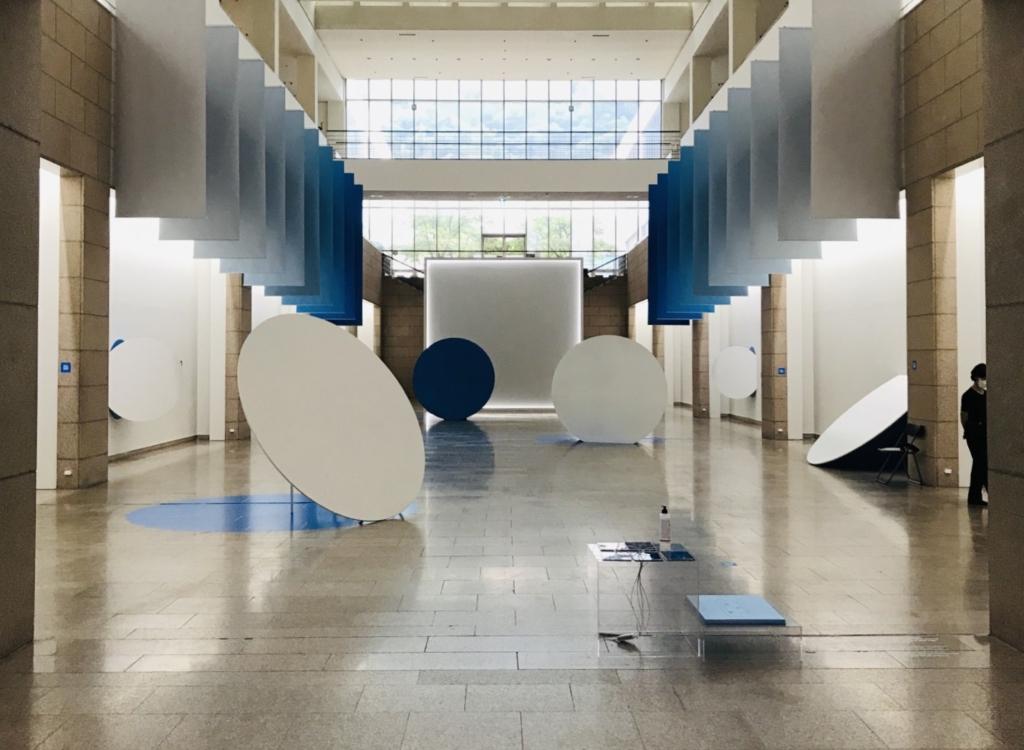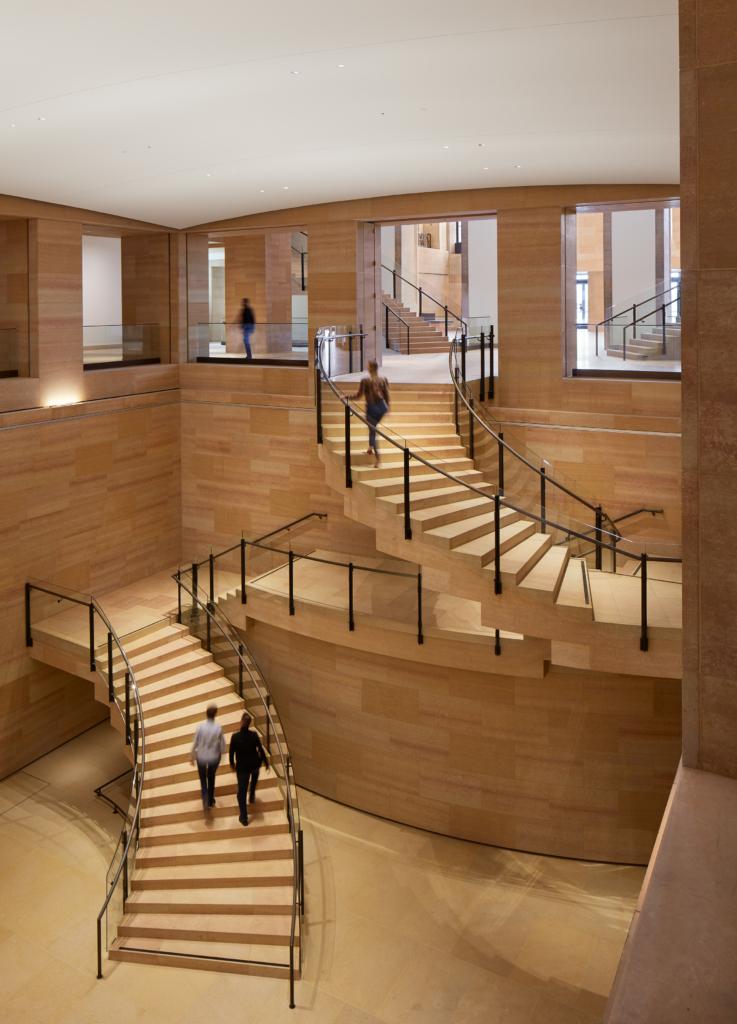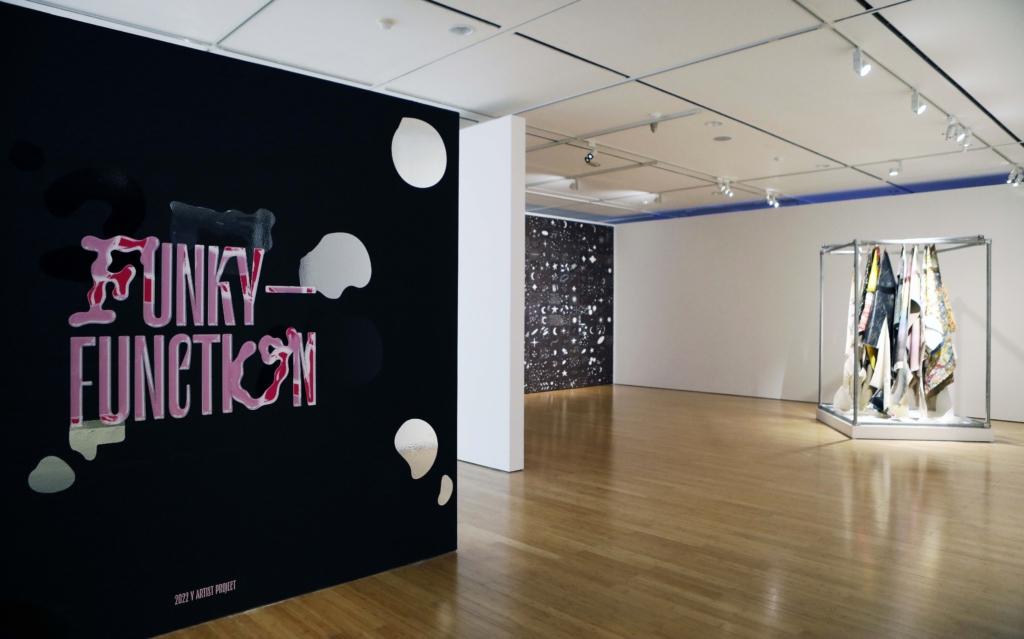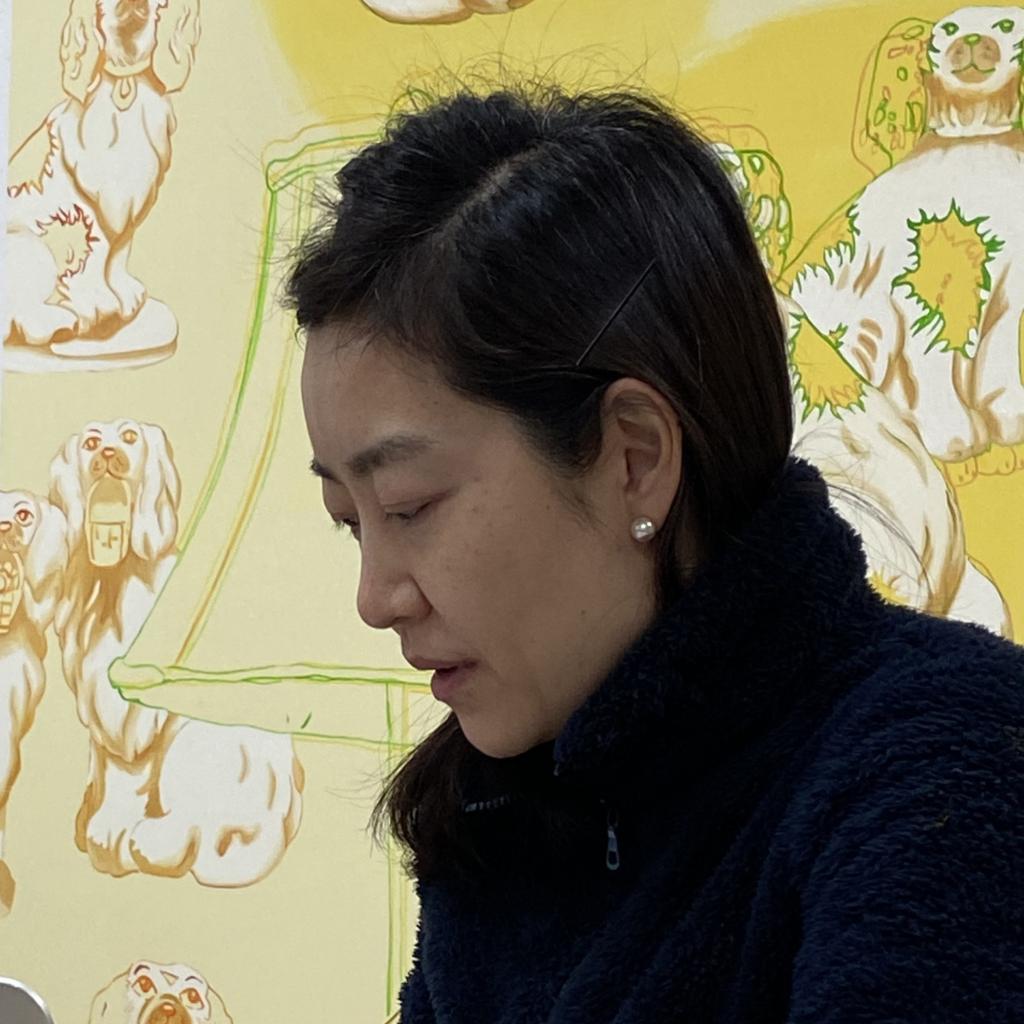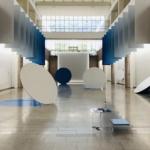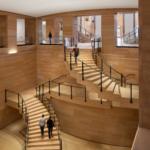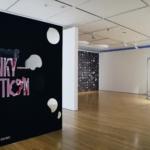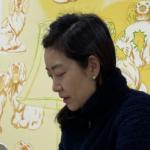Korean Experimental Art Goes from Suppressed to Celebrated
Only the Young: Experimental Art in Korea, the 1960s-1970s spotlights Korean avant-garde artists from May 26 to July 16, 2023, at the National Museum of Modern and Contemporary Art, Seoul.
The group of young artists who pioneered new forms of experimental avant-garde art in the 1960s and 1970s in Korea are now well into their 80s. Korean experimental art, which has been out of the spotlight for a long time, is gaining recognition not only in Korea but also in the US art world.
Their work has long been marginalized, labeled as unsavory “degenerate art” due to blatant cultural censorship during the 1970s Korean dictatorship. In the 1980s, they were overshadowed by Dansaekhwa and Minjung art. Additionally, their works, often incorporating performance or installation elements, were challenging to sell in the market and considered difficult to understand. It is only recently that Korean experimental art has been recognized.
From May 26 to July 16, the National Museum of Modern and Contemporary Art (MMCA) in Seoul presents Only the Young: Experimental Art in Korea, 1960s–1970s, an exhibition highlighting long-neglected Korean avant-garde experimental art.
Co-organized by the Solomon R. Guggenheim Museum in New York and the MMCA Seoul, the exhibition brings together collections from Korea, the Guggenheim Museum, and the Museum of Modern Art in New York, featuring 95 works by 29 artists, including Kim Kulim, Sung Neung Kyung, Lee Kang-So, Lee Kun-Yong, and Lee Seung-taek, as well as 30 archival materials.
The exhibition will travel to the Solomon R. Guggenheim Museum from September 1, 2023, to January 7, 2024, and the Hammer Museum in Los Angeles from February 11 to May 12, 2024.
It examines the history of experimental art created by young Korean artists in the 1960s and 1970s, a turbulent period of modernization, industrialization, and national reconstruction in Korea. Through their artistic experiments, these artists not only revitalized the Korean art scene but also expanded their practice within the global art world.
To fully understand the emergence of Korean experimental art, it is essential to delve into the social context of the time. South Korea experienced a period of upheaval in its political, social, and economic maelstrom, with a compressive modernization after the Korean War, a dramatic change in the political situation due to the theocratic system, industrialization, and rapid urbanization.
Meanwhile, young people between the late 1960s and early 1970s grew up largely under the influence of Western culture. Their value systems and aesthetic tastes were vastly different from those of the older generation, which had lived under the influence of Japanese culture. In the 1970s, they criticized various social contradictions and formed a “youth culture” through literature, music, and film, creating a unique cultural identity distinct from that of the older generation.
Young artists in the Korean art scene also sought change and resistance. In particular, they sought to abandon Art Informel, a type of Western abstraction that had saturated the Korean art scene, and to overthrow the bloated national art exhibition system. During the 1960s, anyone who adopted the Art Informel style could be recognized as an artist. In addition, the national art exhibition was so influential that success in the Korean art world was dependent on its system, and the selection process was rife with corruption and disorganization. In this situation, young Korean artists rebelled against the older generation, declaring “anti-aesthetic” and “post-medium” stances.
The piece by Kukjin Kang, Kangja Jung, and Chanseung Jung titled Murder at the Han-riverside (1968) in the exhibition is an excellent example of the spirit of these young artists. Under the 2nd Hangang River Bridge, these artists did a radical performance in which they wore shoulder straps with phrases such as “cultural blind” (culture-phobia) and “illicit fortune maker” (pretended great master), read each phrase loudly, and burned the straps on fire.
Korean experimental art of the 1960s and 1970s was an attempt to overcome social oppression and a protest against the conservative artistic practices of the older generation. These artists insisted on communication between art and society and worked outside the realm of traditional painting and sculpture. They used a variety of media, including objects/three-dimensional art, happenings/events, and film/video.
These young artists adopted foreign artistic trends and translated them into their own languages by participating in various international exhibitions such as the Paris Biennale and the São Paulo Biennial. At the time, the international community was undergoing a shift in perception due to the 1968 revolution, the anti-war movement for peace, the rise of feminism, and the challenges faced by the Third World. Under these circumstances, these experimental artists began to participate in overseas biennials, gaining a deeper understanding of the art world within an international context and embracing the dynamic and expanding global art community.
The exhibition, which is organized into six sections, explores the archetypes of contemporary Korean art today by examining the artistic activities of the Union Exhibition of Korean Youth Artists, The Fourth Group, Space & Time Group (ST), and the Daegu Contemporary Art Festival.
The first section, “Statements of the Young and a Historical Transition,” introduces aspects of the avant-garde experimental art movement that began in the late 1960s. The subsequent section, “The ‘Meaning of 1/24 Second’ in the City,” highlights the experimental efforts of artists from various disciplines in the face of rapid urbanization. In the third section, “Under the Avant-Garde Banner: AG,” the exhibition introduces the main activities of experimental art groups and individuals in the early 1970s. The fourth section, titled “‘Inverted’ Tradition,” explores the unique relationship between Korean avant-garde art and tradition. Moving on to the next section, “A World of Logic and Resistance: ST,” the focus shifts to uncovering the activities of the Space & Time Group (ST) (1971–1981), which contextualized conceptual installations and events in Korean art. Lastly, “Young Artists and Glocal Biennials” showcases works featured in overseas biennials that were breakthroughs for young artists at the time, as well as the international aspect of Korean experimental art.
However, there are a few areas that could have been improved. The exhibition states that “in combination with resistance literature, popular music, and film, the work of experimental artists helped to shape youth culture and create different contemporary social and cultural phenomena.” It further delves into the impact of their youthful creations on Korean society, exploring the significance of their work for both life and art today.
However, by relying solely on archives and past works, the exhibition fails to convey the true extent of the radical nature of the young artists’ activities during that time. In order to present a more comprehensive and immersive experience, the exhibition would have benefited from a broader selection of materials and thorough explanations that shed light on the profound significance of their activities within the social context of the past. Additionally, a deeper exploration of how their artistic endeavors were intertwined with and evolved alongside the youth culture of the time, encompassing music, film, and literature, would have provided a richer understanding.
The exhibition also left the impression that the explanations were insufficient to fully explain the difficult concepts of Korean experimental art to the general public. Furthermore, it has been challenging for visitors to grasp how the experimental nature of the young artists of the time influenced contemporary art.
Nevertheless, the exhibition introduces the activities of Korean experimental artists on the domestic and international stages. By presenting their work in this context, it is hoped that their artistic value and significance will be rediscovered and reevaluated within the broader narrative of global art history.
Aproject Company. Co., Ltd | Founder & CEO : Jay Jongho Kim
216 Dosan-Daero, B2F, Gangnam-gu, 06047 Seoul, Korea
Business Number : 894-88-01945
Contact : aproject.company@gmail.com
Mail-order-sales registration number : 제 2021-서울강남-04243 호
























